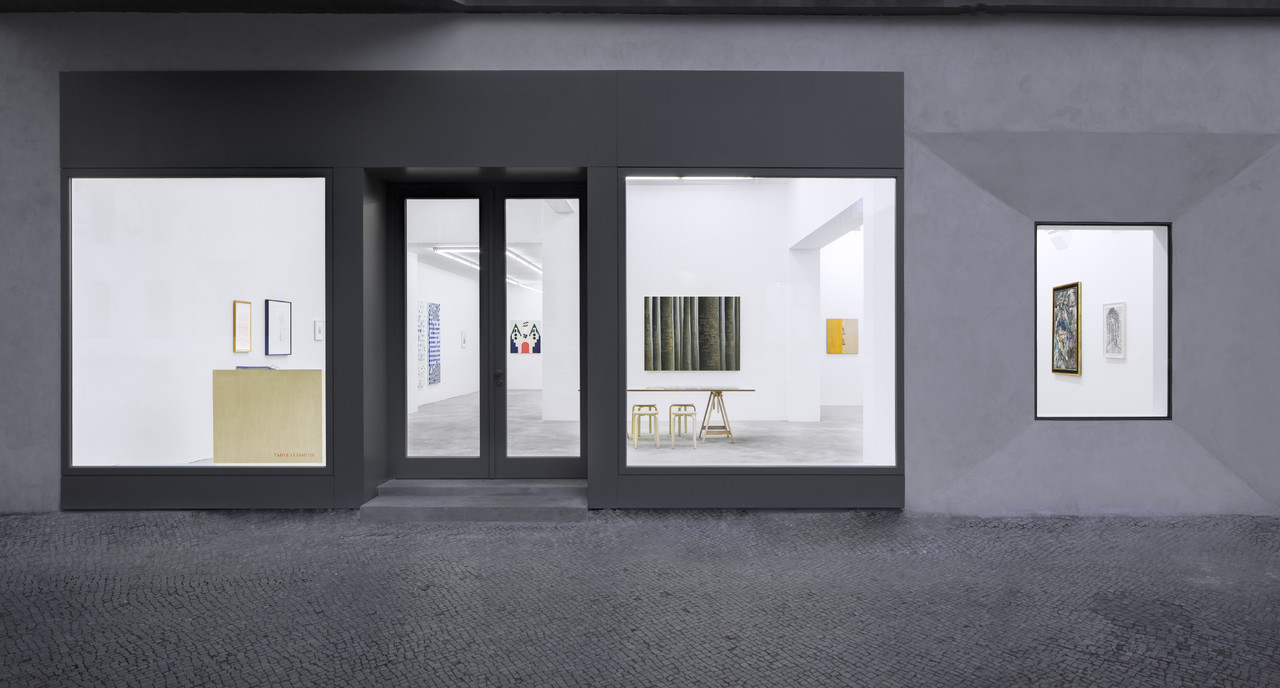Jimmy Robert
Akimbo
26 September 2020 – 18 April 2021, Nottingham Contemporary
Curated by Nicole Yip
In the largest-ever presentation of Jimmy Robert’s work in the UK, Akimbo draws together sculpture, installation, film, video, text, and works on paper, offering a timely reappraisal of Robert’s practice over the past 20 years.
Performance and gesture, the politics of spectatorship, the vulnerable body and intimacies of touch are at the heart of this survey. Robert’s work often explores the intersections between art history and subjectivity, informed by his experience as a queer black person who grew up in a colonial territory (Guadeloupe) and then in the colonial power (France).
Robert deploys myriad quotations and allusions throughout his work, creating a layered set of reflections mirrored across time, place and identities. In Akimbo, five works invoke the Suriname-born Dutch conceptualist Stanley Brouwn (1935–2017), and their shared interest in memory, measurement and dematerialisation. Developed for his 2018 exhibition, Many Shades of Brouwn, the works speculate on the linguistic twists of Brouwn’s name in relation to his skin colour, and his desire to be invisible in the art world.
Robert borrows from art-historical instances where black bodies have been fetishised, including line drawings by the Belgian-Romanian artist, Idel Ianchelevici (1909–94), who depicted the local population of the Congo during his missions to the former Belgian colony in the early 1960s. Robert adapts these drawings in Silk (2015), two large-scale suspended works printed on silk; as well as in Untitled (Agon) (2015), where a Ianchelevici-inspired drawing appears alongside archive photographs from George Balanchine’s 1957 ballet, Agon – the first production by the New York City Ballet to star a black dancer. Through his work, Robert continuously engages with questions of the gaze and desire, of visibility and invisibility.
Split over two galleries, the second space focuses on performativity and the body as a linguistic vehicle of personal and political subjectivity. The artist uses his own body as medium, both within his performances, and in films and videos such as Brown Leatherette (2002) and Paramètres (2012). Positioning the viewer as an active participant, these works navigate slippages between image and language, object and image, and materiality and representation.
The presence (and absence) of the artist’s body is felt within the gallery, through sculptural objects, installations and prints that index – or in some instances, reanimate – elements of past actions and performances. This includes a new work, Untitled (Plié II) (2020), commissioned for his recent solo-show, Plié at the Leopold-Hoesch-Museum in Düren. Robert’s 2016 performance, Descendances Du Nu, refers not only to Marcel Duchamp’s renowned Nude Descending a Staircase, No. 2 (1912), but also to those female artists who later reinterpreted this theme, including Louise Lawler, Sherrie Levine and Elaine Sturtevant. A 5-metre high velvet curtain, printed with a repeating pattern that deconstructs Duchamp’s painting, forms the theatrical backdrop to a series of prints that playfully recombine references to these critical reappropriations of the female nude.
Conceptualism meets sensuality in the performance Joie Noire (2019), a lyrical meditation on club culture and the legacy of the 1980s, encompassing AIDS, activism, gender and race. A new articulation of the work is presented through the theatrical installation of a print that featured as part of the original stage set – here, its visibility is dramatised by a timed spotlight. The print depicts the artist’s hands holding a reproduction of a black AIDS logo by the Canadian collective General Idea (1991), conceived as part of a campaign to build visibility and combat stigma around the disease. Throughout his practice, Robert’s attention to detail in making and installing work, and his thoughtful attention to readings of the personal and political body, give it formal precision and intellectual subtlety.
Theories of gender, sexuality, performance and race are also at the heart of Nottingham Contemporary’s exhibition, Grace Before Jones: Camera, Disco, Studio, which runs alongside Jimmy Robert’s presentation. Through over 100 works by some 30 artists, the exhibition celebrates the life and work of Grace Jones, and her ability to embody seemingly opposite poles: from disco queen to dub cyborg; Jamaican to French; runway model to nightclub performer; black to white; feminine to masculine.
